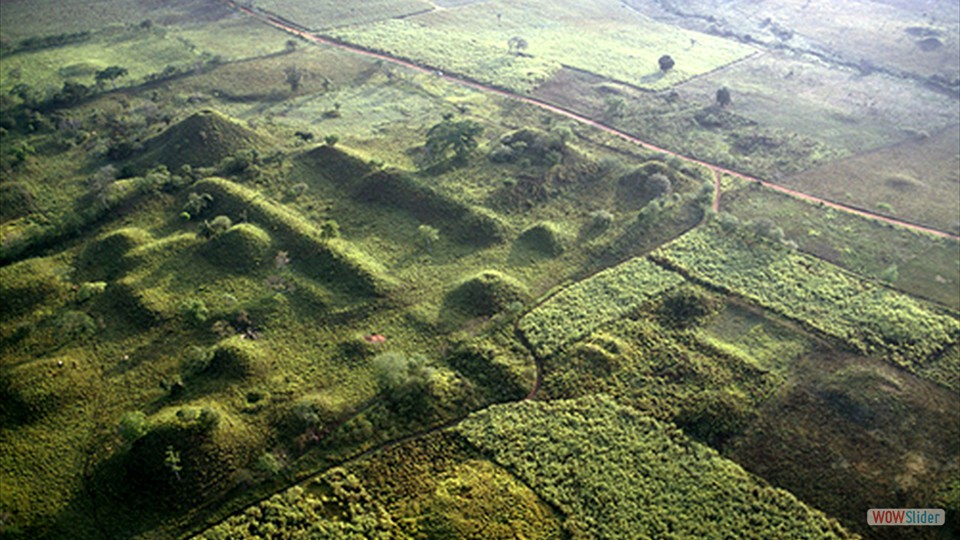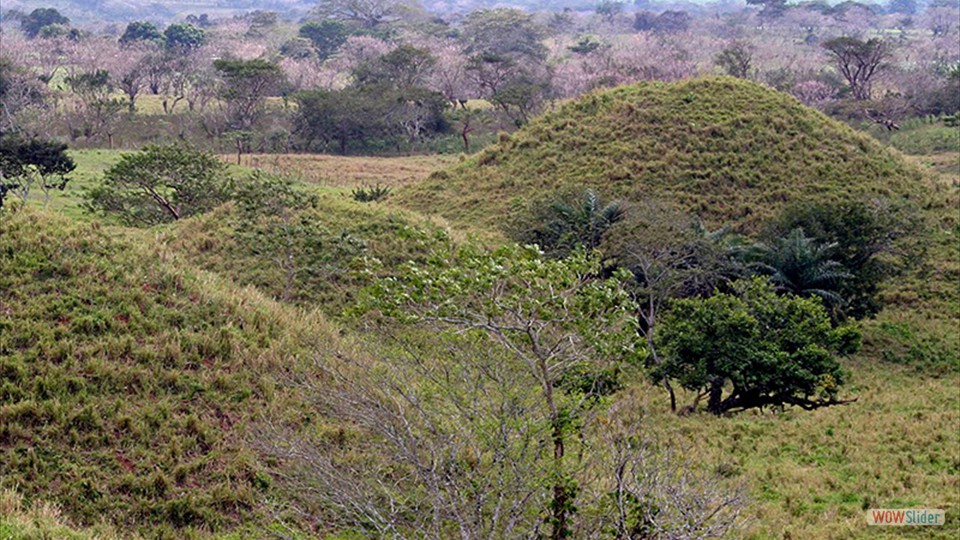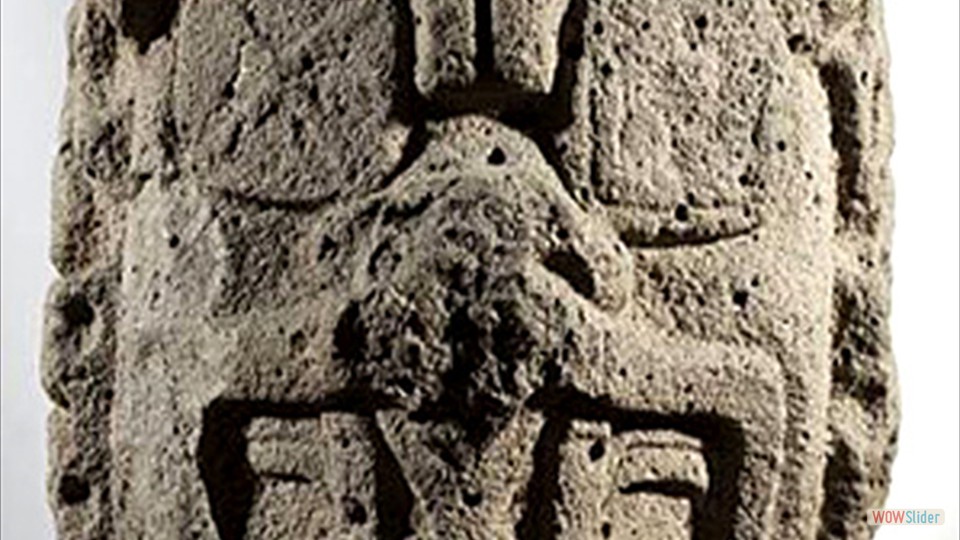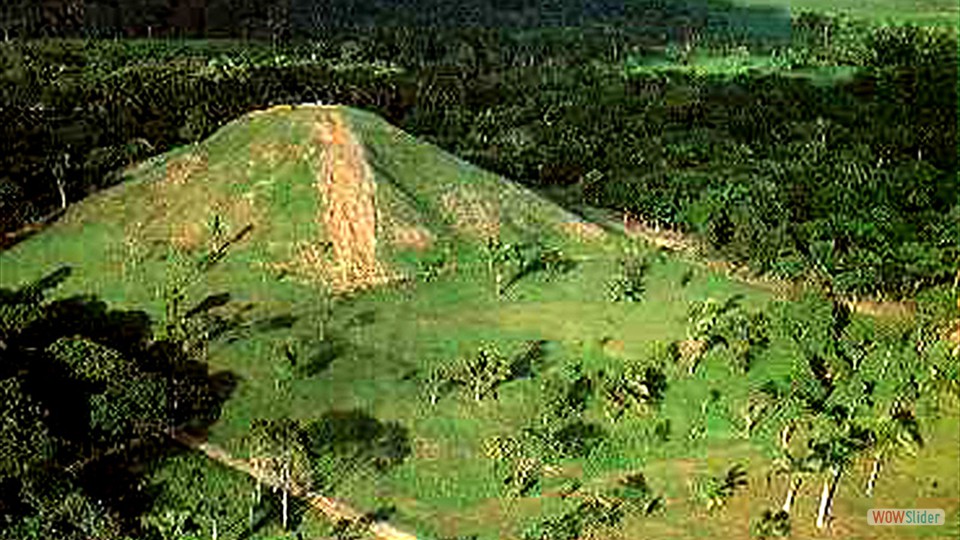Laguna de los Cerros was settled in 1400 - 1200 B.C.E.and became a regional center, covering as much as 150 hectares. By 1000 B.C.E., it had nearly doubled in size with 47 smaller sites within a 5 kilometer radius. One of these satellite sites was Llano del Jcaro, largely a workshop for monumental architecture due to the nearby basalt flows. Monuments carved from Llano del Jcaro basalt can be found not only at Laguna de los Cerros, but also at the large Olmec center of San Lorenzo Tenochtitln some 60 km to the southeast. It is thought likely that Llano del Jcaro was controlled by San Lorenzo Tenochtitln, either directly or through control of Laguna de los Cerros. Llano del Jcaro was abandoned sometime after 1000 B.C.E. and Laguna de los Cerros itself shows a significant decline at that time. The cause of this decline is not known perhaps a shift in the course of the San Juan river; but it does roughly coincide with the decline and abandonment of San Lorenzo, which is often attributed to environmental difficulties.
Laguna de los Cerros ("lake of the hills") was so named because of the nearly 100 mounds dotting the landscape. The basic architectural pattern consists of long parallel mounds flanking large rectangular plazas. Conical mounds mark the plaza ends. Larger mounds, formerly raised residential platforms, are associated with the thinner parallel mounds. Most of the mounds date from the Classic era, roughly 250 C.E. through 900 C.E.





 1
1 2
2 3
3 4
4